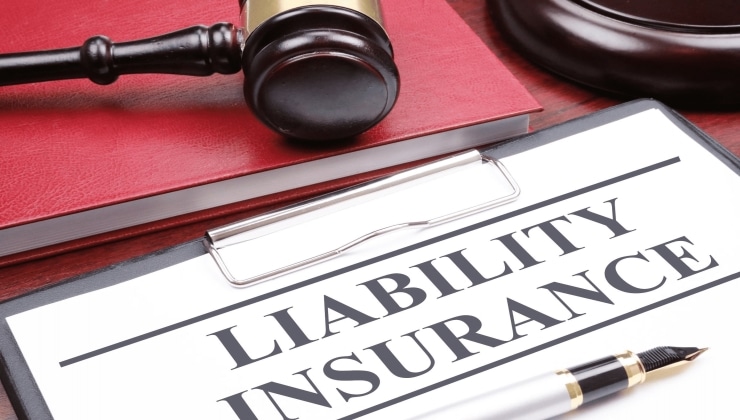The Role of CGL Indemnity in Addressing Advertising Injury and Restoring Reputation

Maintaining a positive reputation is necessary for success in today’s competitive business landscape. However, even the most carefully crafted advertising campaigns can sometimes have unintended consequences, resulting in advertising injury and reputational damage. Commercial General Liability (CGL) insurance, specifically designed to protect businesses against various liabilities, including advertising injury, is crucial in mitigating these risks. In this article, we explore the role of cgl insurance in addressing advertising injury and restoring reputation, highlighting its importance in safeguarding brand integrity.
Understanding Advertising Injury:
Advertising injury, as defined in cgl insurance policies, encompasses a range of offences that can arise from advertising activities, including defamation, copyright infringement, and false advertising. This type of injury can occur when a company’s advertisements or marketing materials unintentionally cause harm to a competitor, individual, or entity. Examples of advertising injury include publishing false information about a competitor’s product or service, using unauthorized images or content in advertisements, or making misleading claims about one’s products or services. CGL indemnity covers legal defence costs, settlements, and judgments associated with advertising injury claims, helping businesses navigate the complexities of litigation and reputational damage.
Legal Defence and Settlement Costs:
One of the primary benefits of CGL indemnity in addressing advertising injury is its coverage for legal defence and settlement costs. When faced with an advertising injury claim, businesses may incur significant expenses related to hiring legal counsel, conducting investigations, and defending against allegations of wrongdoing. CGL indemnification provides financial protection by covering these defence costs, allowing businesses to mount a robust defence without bearing the entire economic burden. Additionally, in the event of a settlement or judgement against the insured, CGL indemnity helps cover the costs of resolving the claim, minimizing the impact on the business’s financial resources.
Reputation Management and Crisis Response:
After an advertising injury incident, businesses must swiftly mitigate reputational damage and restore stakeholder trust. CGL indemnity supports reputation management efforts by providing access to crisis response resources and communication assistance. Insurance carriers often offer expertise in crisis communications, public relations, and media management to help businesses navigate sensitive situations and preserve brand integrity. By leveraging these resources, companies can effectively communicate their response to the incident, address concerns from customers and stakeholders, and demonstrate their devotion to ethical business practices.
Coverage for Copyright and Trademark Infringement:
Advertising injury claims often involve allegations of copyright or trademark infringement, particularly in cases where businesses use third-party content or intellectual property in their advertisements without proper authorization. CGL indemnity covers damages from copyright and trademark infringement claims, including legal defence costs, settlements, and judgments. Such coverage is essential for businesses engaged in advertising and marketing activities, as it helps protect against the financial consequences of unintentional intellectual property violations and ensures compliance with intellectual property laws.
Protection Against Defamation Claims:
Defamation claims, including libel (written defamation) and slander (spoken defamation), are familiar sources of advertising injury lawsuits. Businesses may face defamation allegations if their advertisements contain false or misleading statements that harm the reputation of individuals, competitors, or other entities. CGL indemnity offers coverage for defamation claims, including legal defence costs and damages awarded in defamation lawsuits. This coverage helps businesses address allegations of defamation and defend their reputation against false accusations, letting them focus on their core operations and maintain consumer trust.
Risk Management and Compliance Assistance:
Beyond financial protection, CGL indemnity offers valuable risk management and compliance assistance to help businesses minimize the likelihood of advertising injury claims. Insurance carriers may guide advertising best practices, compliance with advertising regulations and laws, and risk mitigation strategies tailored to the insured’s specific industry and advertising activities. By proactively addressing potential risks and implementing preventive measures, businesses can reduce their exposure to advertising injury liabilities and strengthen their overall risk management framework.
Conclusion:
CGL indemnity is critical in addressing advertising injury and restoring the reputation of businesses facing allegations of wrongdoing in their advertising activities. From covering legal defence and settlement costs to providing crisis response assistance and protecting against intellectual property violations and defamation claims, CGL indemnity offers comprehensive coverage and support to businesses navigating the complexities of advertising-related liabilities.






